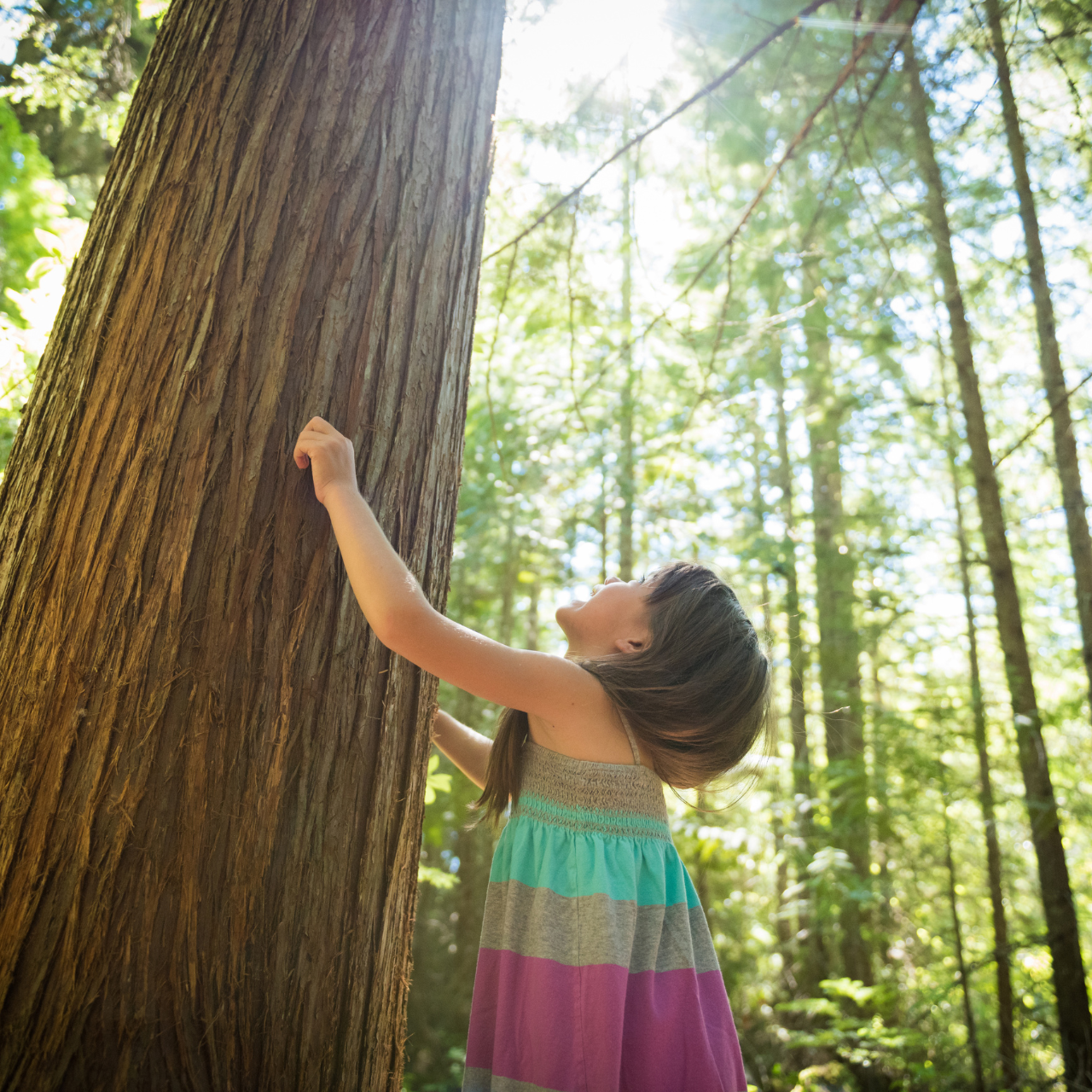Back to Nature: The Importance of Connecting with the Physical World in Montessori

Dr. Maria Montessori believed providing children with the opportunity to experience nature resulted in a greater understanding and appreciation of order, harmony, and beauty. She considered the outdoor environment an extension of the indoor classroom that facilitated growth of the whole child, sparking their interest, encouraging a sense of wonder, and allowing them to experience a deep connection with, and appreciation for, the world around them.
According to the Montessori Method, experiences in nature support the child’s physical, social, emotional, and cognitive development. It provides a rich sensorial experience that truly awakens their inner spirit. As Maria Montessori once said, “when children come into contact with nature, they reveal their strength.”
Nature in a Montessori Classroom
Montessori classrooms offer many opportunities for children to apply natural living on a daily basis. Live plants and animals are brought into the classroom for which the children help provide care. A majority of the materials are even made of natural materials including wood and glass to provide rich, sensorial experiences. A multitude of lessons are presented in the Cosmic area, as well, helping children gain a better understanding of the world in which they live.
Cosmic Education
Allowing children more time to immerse themselves in nature also promotes their development as a young naturalist, encouraging them to understand the interconnectedness of all things in life and their environmental responsibility. Going outside and physically connecting to the natural world provides children with rich, experiential learning and profound understanding of the world around them and their place within it. Dr. Montessori once said, “The land is where our roots are. The children must be taught to feel and live in harmony with the Earth.”
Experiences with Nature at Home
It is easy for parents to reinforce these natural experiences for children at home as well. Children can be given opportunities to care for plants and family pets, developing an understanding of, and an appreciation for, all living things. Plant a garden that you water and tend to together. Make bird feeders and keep them filled, providing special moments to watch and listen to the visiting birds. Parents can also go on child-led nature walks where they are encouraged to explore and enjoy the beauty of the world in which they live and even to gather collections of objects of interest such as pinecones or rocks. When ready to step outside of the bounds of the family’s immediate environment, parents can take their children on fun nature trips to nearby parks, botanical gardens, aquariums, and zoos. Older children can be encouraged to keep a nature journal, writing about or drawing things that capture their attention; young photographers may also like documenting their nature experiences through pictures. In fact, adolescents may even be inspired to develop their own projects for protecting and giving back to nature such as street and beach clean-ups or establishing community gardens.
Whether it is in the classroom or at home, children of all ages benefit from deep immersion in nature. Connections with nature support the child’s growth holistically and help them to begin understanding their place in the universe.
About the Author
Heather White, EdS, is a Montessori Coach & Consultant, a Montessori teacher trainer, and a blog writer and content creator. Formerly, she was a Montessori teacher, Lower Elementary coordinator, associate head of school, and a Montessori nanny/in-home teacher. She also has experience as a School Psychologist intern. She is AMS credentialed (Early Childhood, Elementary I) and is a Nationally Certified School Psychologist. Contact her at hpratt@stetson.edu.
